Since the “spin-crisis” in 1988 there has been substantial effort to understand how the constituents of nucleon contribute to its spin. During the last 20 years the COMPASS experiment has contributed significantly to deeper understanding of nucleon’s inner dynamics. This has been made possible by measurements of muon and pion scattering off polarised nuclei. The COMPASS polarised target, the largest such system in the world, makes use of the Dynamic Nuclear Polarisation which allows to achieve very high degree of nuclear polarisation. The high nuclear polarisation can be bring strong sensitivity enhancement to other fields as well - namely the Nuclear Magnetic Resonance spectroscopy and imaging.
In this talk I will introduce the theoretical background behind the nucleon spin structure. I will go through some historic and recent measurements and describe the experimental techniques used to obtain these results. Crossing over through the Dynamic Nuclear Polarisation I will introduce 2 recent projects supported by CERN Medical Applications Funding that are using unstable polarised nuclei. Their current status and outlook will be also presented.
